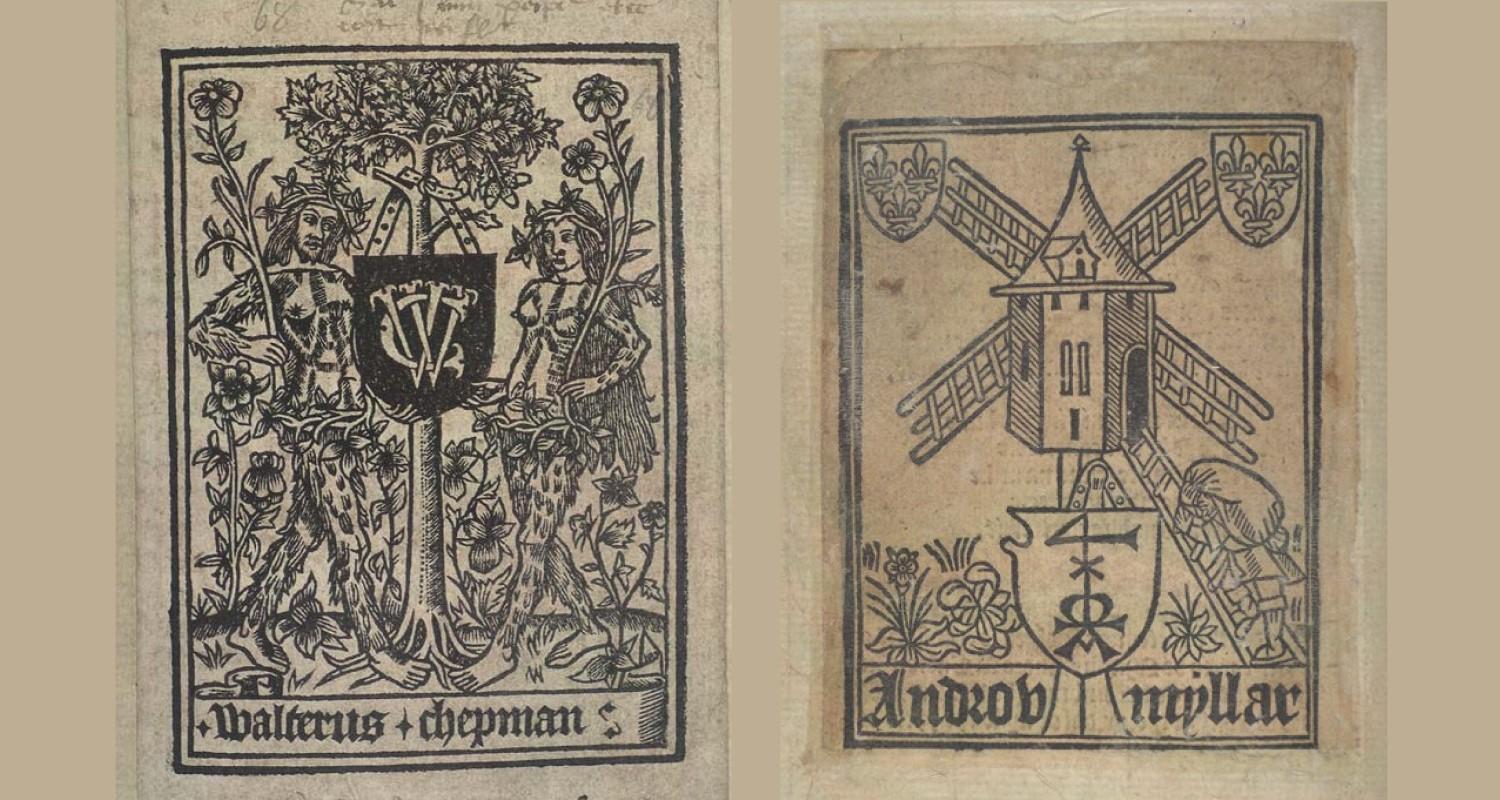Scotland’s first printing press was set up in the Cowgate in 1508. This illustrated talk will introduce the main players involved in its establishment – a king, an archbishop, a merchant and a printer - and the first books printed in Scotland, which are currently on display in the Library’s ‘Treasures’ exhibition. A look at later 16th-century Edinburgh printers and the texts they produced will provide an insight into the domestic book market and the kind of books people wanted to read 500 years ago. It will conclude with a brief outline of the spread of printing beyond the capital: in the 16th century, only two other Scottish towns became home to a printing press. Guess which!
Dr Anette Hagan has been Rare Books Curator at the National Library of Scotland since 2002. Responsible for the early printed collections produced before 1701, she has spoken and published widely about different aspects of early printing. She is also lead curator for the Library’s current exhibition ‘Renaissance: Scotland and Europe 1480-1630'.
The National Library of Scotland will be celebrating its own anniversary in 2025 with special programming in Edinburgh and further afield to mark its Centenary year.
Edinburgh is 900 Years Old!
In 1124 King David I introduced a new system of local government into Scotland by creating royal burghs as part of his efforts to reform the nation’s economic and political structures.
Edinburgh was one of his first royal burghs, along with Berwick, Dunfermline, Roxburgh and Stirling.
While there is no surviving founding Edinburgh charter, an 1127 Dunfermline Abbey royal charter refers to ‘my burgh of Edinburgh’. In 1128, Canongate Burgh was created for Holyrood Abbey.
After the Reformation, Edinburgh spent considerable effort acquiring the former abbey’s lands over the following 200 years. It acquired Canongate then created a new burgh for South Leith in 1636. The burghs of Broughton, Calton and Portsburgh were also acquired and run by Edinburgh. This complex system of governance was abolished in 1856 when all burghs under the management of Edinburgh were merged into a single burgh.
In 1833, Portobello and Leith were made independent parliamentary burghs under the Burgh Reform Act. They ran their own affairs until amalgamated into an expanded Edinburgh in 1896 and 1920, respectively. 1975 saw the last expansion of the city’s boundaries, including Queensferry, which had been made a royal burgh in 1636.
Edinburgh has selected 2024 to mark the start of the 900th anniversary of our city, and to tell the story of Edinburgh’s journey through the centuries from the 12th century City of David right up to the 21st century, the City of Diversity. Our talks at the City Art Centre will celebrate the 10 themes and will span a period of summer 2024 until August 2025.

Edinburgh: The Birthplace of Printing in Scotland
